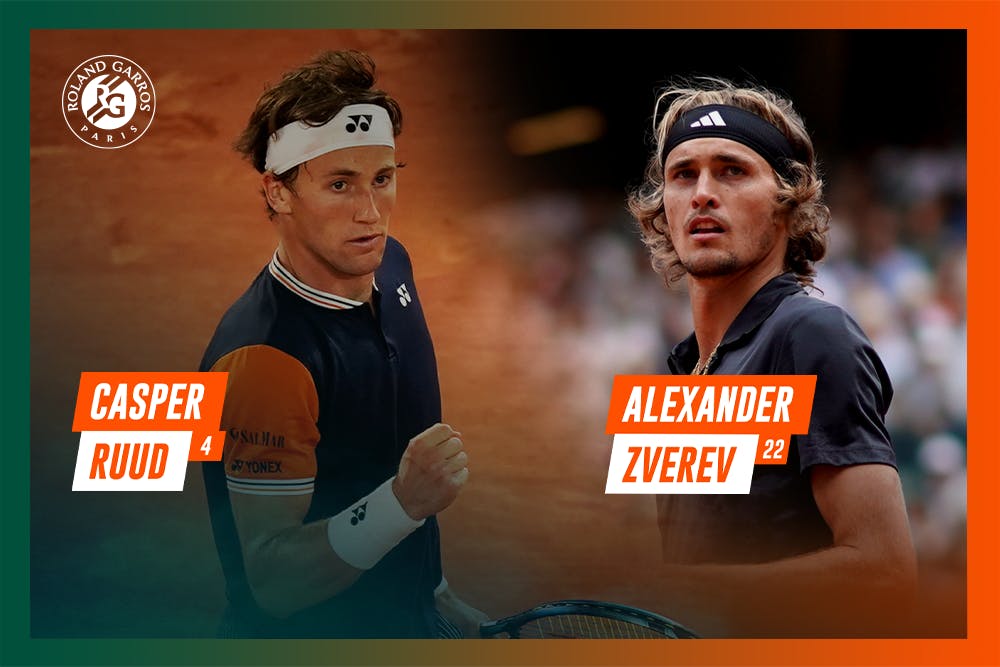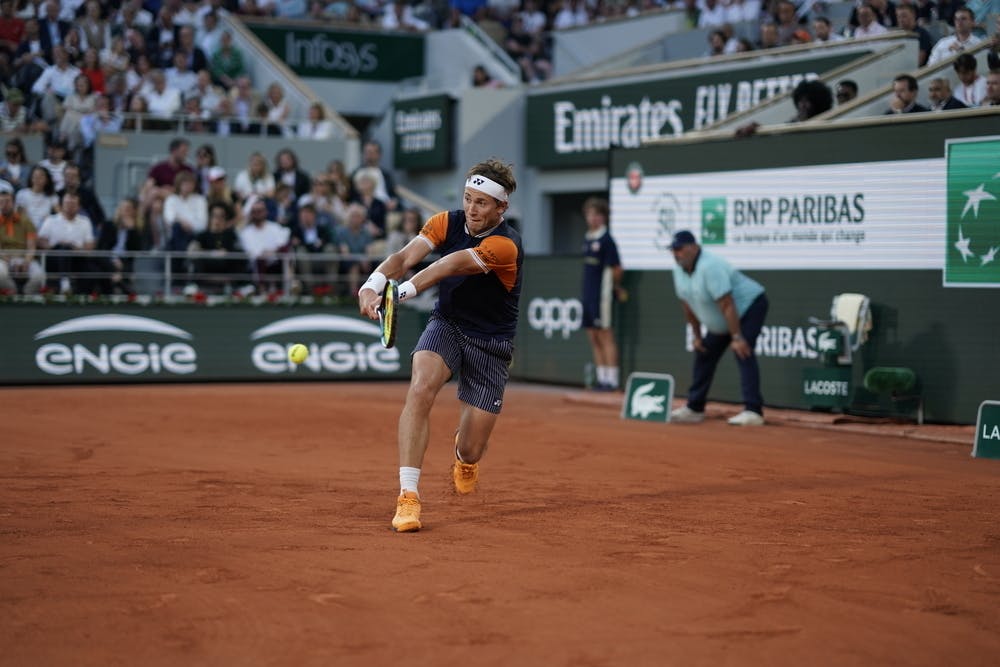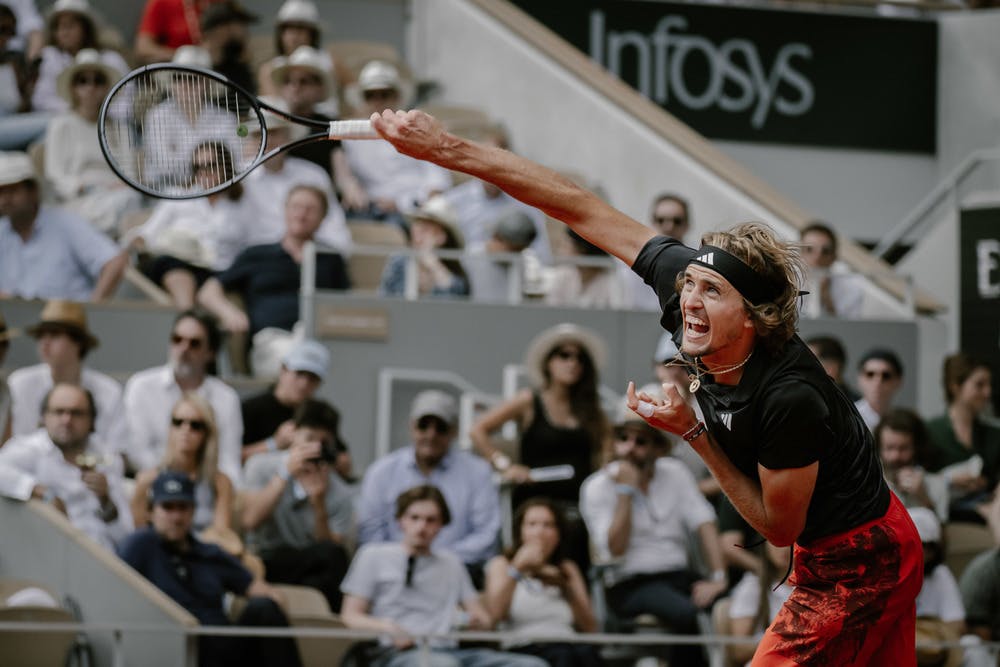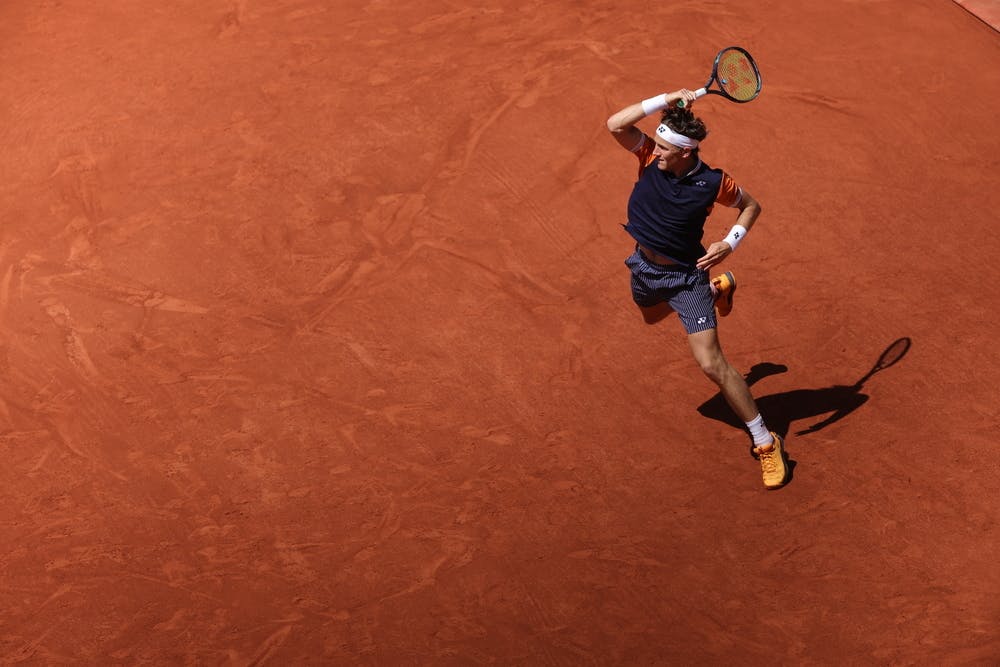Friday’s last-four clash between 2022 runner-up Casper Ruud and three-time semi-finalist Alexander Zverev promises to be a baseline battle that will be decided by the thinnest of margins.
The pair have met three times at tour-level, with Zverev winning twice and Ruud taking the third, but never on clay.
How will the match-up play out in this high-stakes battle on the terre battue at Roland-Garros, and which player is primed to claim the final spot in the lower half of the men’s singles draw?
Here’s a tactical breakdown of their upcoming tilt.
 ROLAND-GARROS
18 May - 7 June 2026
ROLAND-GARROS
18 May - 7 June 2026





